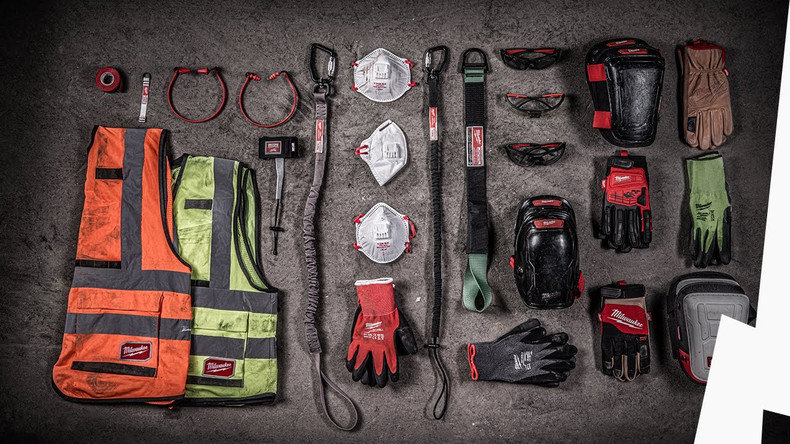In today's fast-paced and demanding work environments, ensuring the safety and well-being of employees is essential. Personal Protective Equipment (PPE) plays a crucial role in safeguarding workers from potential hazards and minimizing the risk of injuries on the job. In this comprehensive guide, we'll explore the importance of PPE, its various types, and best practices for implementation in the workplace.
Why is PPE Important?
PPE serves as the last line of defense against workplace hazards, ranging from physical, chemical, biological, and ergonomic risks. By providing a barrier between the worker and the hazard, PPE helps mitigate the potential for injuries or illnesses, thereby promoting a safe and healthy work environment.
Types of PPE:
- Head Protection: Helmets and hard hats protect the head from falling objects, impact, and electrical hazards.
- Eye and Face Protection: Safety glasses, goggles, and face shields shield the eyes and face from flying debris, chemicals, and harmful radiation.
- Hearing Protection: Earplugs and earmuffs help reduce exposure to loud noise levels, preventing hearing loss and damage.
- Respiratory Protection: Respirators filter out airborne contaminants, such as dust, gases, vapors, and biological agents, safeguarding respiratory health.
- Hand Protection: Gloves offer protection against cuts, abrasions, punctures, and chemical exposure, ensuring the safety of the hands and fingers.
- Foot Protection: Safety shoes, boots, and toe guards provide foot protection from crushing, punctures, electrical hazards, and slips.
- Body Protection: Coveralls, aprons, vests, and full-body suits shield the body from chemical splashes, burns, cuts, and other physical hazards.
Best Practices for PPE Implementation:
- Conduct a Hazard Assessment: Identify potential workplace hazards and determine the appropriate PPE needed to mitigate risks.
- Select Appropriate PPE: Choose PPE that is suitable for the specific hazards present in the workplace and ensure proper fit and functionality.
- Provide Training: Train employees on the proper use, care, and maintenance of PPE to maximize effectiveness and ensure compliance.
- Regular Inspection and Maintenance: Inspect PPE regularly for damage or wear and tear, and replace as needed to maintain optimal protection.
- Encourage Proper Use: Encourage employees to wear PPE consistently and correctly, emphasizing its importance in maintaining a safe work environment.
Personal Protective Equipment (PPE) is essential for ensuring the safety and well-being of workers in various industries. By understanding the importance of PPE, identifying the appropriate types for specific hazards, and implementing best practices for its use, employers can effectively protect their employees from workplace injuries and promote a culture of safety.
Stay safe!

